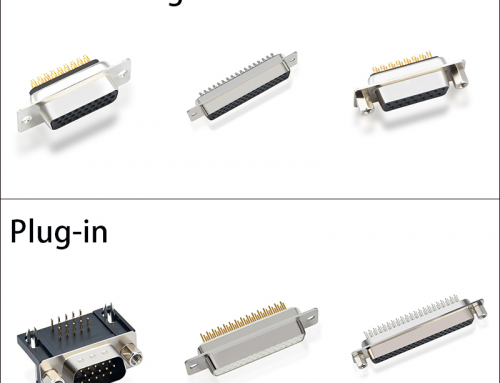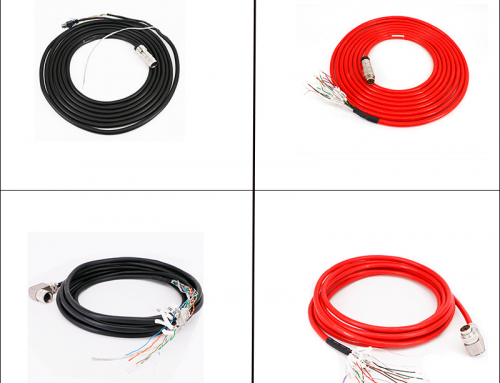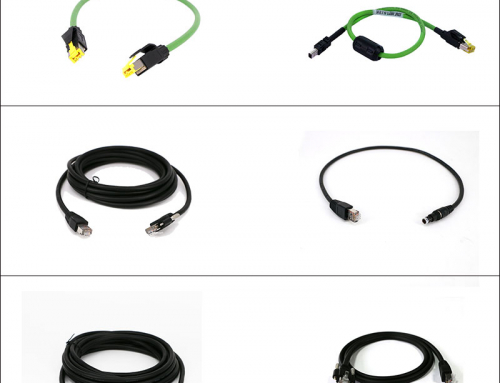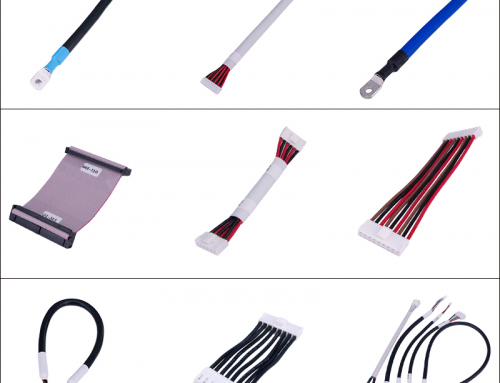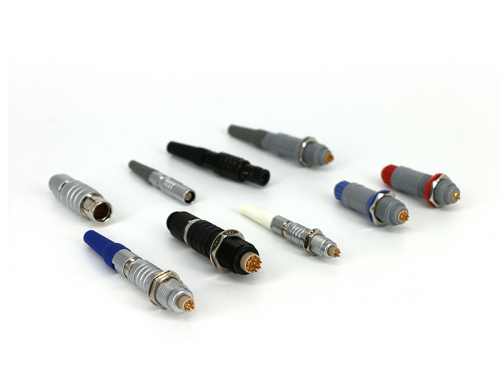-
Definition of circular connector
Circular connector, also known as circular aviation plug, circular aviation plug or circular interconnector, is a cylindrical multi-pin electronic connector with a circular plug surface, belonging to the fifth class of interconnection classification, used for interconnection between devices. Circular connectors contain contacts that transmit data and power, and typically include low-frequency circular connectors, RF coaxial connectors, and audio connectors. The cylindrical structure of the circular connector is naturally robust and provides greater strength than any other shape. The plug has two parts: socket and plug design. One of the common accessories is connector product shell, lock sleeve, reed, pin, pin, wiring terminal, waterproof gasket, dust cover, etc. The shell material of the circular connector is generally made of zinc alloy or PBT engineering plastic material to ensure the overall robustness of the connector.
- Applications of circular connectors
The cylindrical construction of circular connectors is naturally robust and has a higher strength-to-weight ratio than any other shape. Easy to seal, easy to insert and remove, simple and firm locking adjustment mechanism. Therefore, where a variety of connectors are used to achieve interconnection between components and cables, and between cables, circular connectors are the first choice. Widely used in sensors, actuators, encoders, motors, industrial grating light curtains, factory automation process control, equipment batteries, semiconductors, packaging label printing equipment, fieldbus, industrial equipment, marine electronics NMEA 2000, rail transit, EMS Circuit board assembly, LED outdoor display, outdoor LED lighting, etc. 
-
Basic structure of circular connector
1. Contact: It is the core part that completes the electrical connection function. Generally, a contact pair is composed of a male contact piece and a female contact piece, and the electrical connection is completed by the insertion of the female contact piece and the male contact piece.
2. Attachment: It is divided into structural accessories and installation accessories. Structural accessories such as positioning pins, retaining rings, connecting rings, sealing rings, guide pins, positioning keys, cable clamps, gaskets, etc. Mounting accessories such as spring rings, screws, screws, nuts, etc.
3. Insulator: The insulating mounting plate is also often called a base or an insulator. Its function is to arrange the contacts in the required position and spacing, and to ensure the insulation performance between the contacts and between the contacts and the shell.
4. Shell: also known as the shell is the outer cover of the connector, which provides mechanical protection for the built-in insulating mounting plate and pins, and provides the alignment of the plug and socket when they are inserted, thereby fixing the connector to the device.
-
Factors affecting the life of circular connectors
1. Humidity: When the relative humidity in the environment is relatively high, the metal structural parts on the connector will be corroded, resulting in a decrease in insulation performance. Therefore, if the circular connector can be used in areas with continuous rain or water in the enterprise, its The service life of the system will be greatly shortened.
2. Temperature: Temperature will also affect the life of the connector. Temperatures in different seasons, especially in cold winters and summers, the ambient temperature will be very high or very low, especially in hot weather. When a circular connector is connected to a power source, the current itself has heat. Coupled with high temperature, it is easy to cause the temperature of the jack of the connector to continue to rise, which is more likely to cause the connector to burn out.
3. Salt spray: According to research, when the ambient temperature is 35 °C and the concentration of the salt solution in the environment is 3%, it is easy to cause metal corrosion. Therefore, when the circular connector is used in this environment, its performance will be degraded and its service life will be shortened.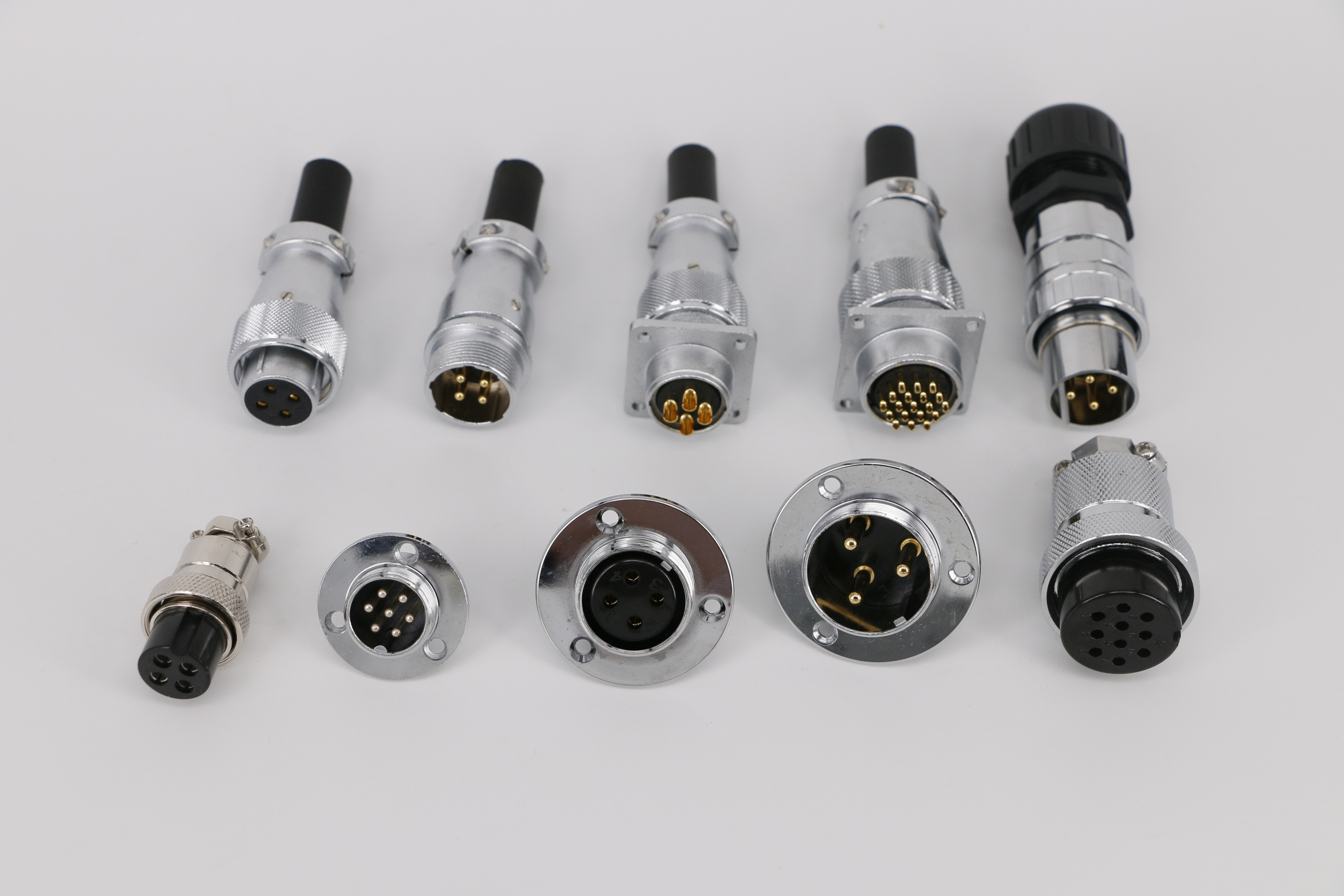
-
Advantages and disadvantages of circular connectors
【Benefits】Circular connectors are ideal for applications that require stronger terminals. Their cylindrical shape makes them particularly resistant to mechanical engineering turbulence and shock as well as damage. The contact resistance of circular connectors should be low and stable. Contact resistances vary from a few milliohms to tens of tens. Insulation resistance measures the technical performance of insulation between the contacts of a circular electrical connector and between the contacts and the housing structure, ranging in size from hundreds of megohms to several gigaohms. Dielectric strength or withstand voltage, that is, dielectric withstand voltage, refers to the characteristic of a circular electrical connector for the resistance between contacts or between contacts and the housing relative to the rated test voltage. EMI leakage attenuation is used to evaluate the shielding effectiveness of circular electrical connectors. Usually the measured frequency range is 100mhz~10ghz.
[Disadvantages] The circular surface area limits the arrangement of pins and sockets on the surface of a circular connector; connectors with rectangular faces can fit more contacts with greater and uniform spacing on a smaller surface area.
-
If you choose a circular connector
Circular connector bayonet type: When purchasing circular connectors, pay attention to select the appropriate and matching bayonet type, mainly including 1/4 quick bayonet connection, plug-in connection, latch connection, quick plug-in connection Connection, threaded connection, zipper connection, etc.;
Circular connector wiring methods: crimping wiring, welding wiring, nut locking wiring, casting cable, etc.; round aviation plug right-angle and angled type; needle circular aviation plug and pinhole circular aviation plug;
Whether it has shielding performance: The circular aerial plugs used in different environments have different shielding requirements. Some connector manufacturers that provide personalized customization services will provide industrial connectors with different shielding effects according to customer needs, such as 360° shielded circular connectors. connectors, etc.
Hole position and model: When purchasing a circular connector, in addition to considering the conventional connector standards, it is also necessary to check whether the hole position map of the connector meets the standard.
-
Precautions when using
The actual operation of the circular connector In order to ensure its correct actual operation, it is necessary to fully grasp and understand its operation steps. Some circular connectors do not have reverse operation errors. Models and sizes can also be matched to ensure accurate positioning and proper connection. In order to avoid electrical contact caused by aviation plugs that damage the environment, care should be taken to unavoidably insert the wrong pins into the power socket. In addition, be sure to connect the aviation plug in time, especially in some places that are not easy to check. It is also necessary to make detailed requirements in the corresponding operating procedures and to check according to the scope. When connecting the end of the aviation plug, the end connection and inspection should be carried out in strict accordance with the corresponding end connection standards or regulations, and the end connection should be carried out according to the matching number of connection points.


